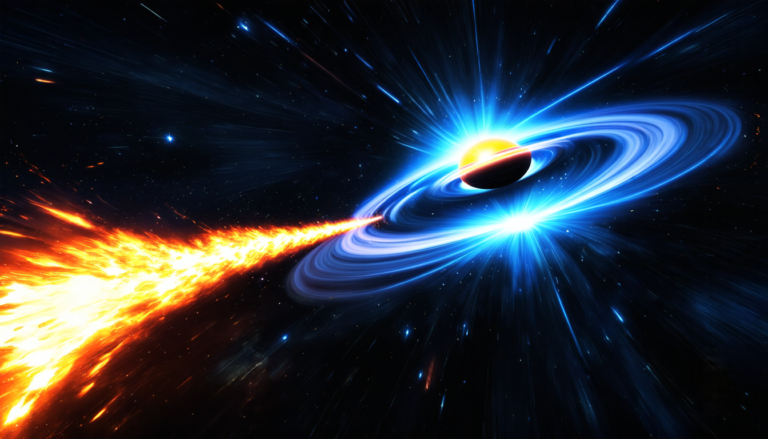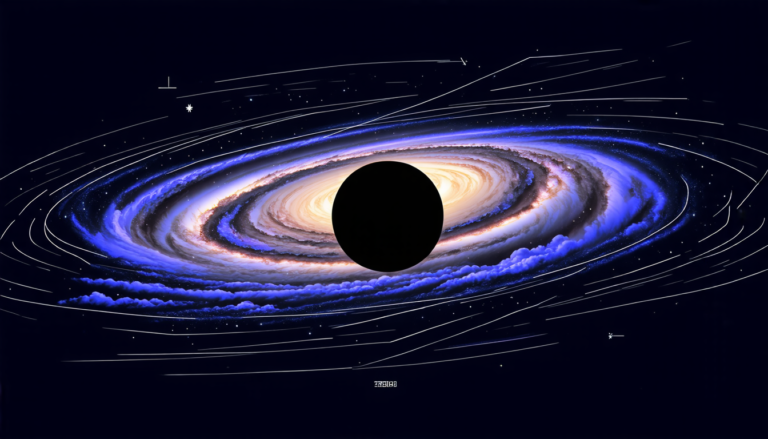Sunday 01 June 2025
A team of astronomers has made a significant breakthrough in understanding the behavior of supermassive black holes at the centers of galaxies. By monitoring the light curves of quasars, they have been able to measure the time it takes for light to travel from these massive objects to Earth – a phenomenon known as reverberation mapping.
Quasars are incredibly luminous objects that are thought to be powered by supermassive black holes. They are found at the centers of many galaxies and can outshine entire galaxy clusters. By studying quasars, astronomers hope to gain insights into the behavior of these black holes and how they affect their surroundings.
Reverberation mapping is a technique used to measure the size of the broad-line region (BLR) around a supermassive black hole. The BLR is a region of hot gas that surrounds the black hole and emits light across the entire electromagnetic spectrum. By measuring the time it takes for this light to travel from the BLR to Earth, astronomers can infer the size of the BLR and therefore the mass of the black hole.
The team used data from the 2.2-meter telescope at the Calar Alto Observatory in Spain to monitor the light curves of 11 quasars over a period of several years. They measured the time it took for the light from these quasars to travel to Earth, which ranged from about 20 days to over 200 days.
By analyzing this data, the team was able to measure the size of the BLR around each quasar and therefore the mass of the supermassive black hole at its center. The results show that the masses of these black holes range from about three million to several hundred million times that of the sun.
This study provides new insights into the behavior of supermassive black holes and how they affect their surroundings. It also highlights the potential of reverberation mapping as a tool for studying these objects in detail. The technique has many applications, including the study of quasars and active galactic nuclei (AGN), which are thought to be powered by supermassive black holes.
The results of this study also have implications for our understanding of galaxy evolution. Supermassive black holes play a crucial role in shaping the growth and development of galaxies, and studying their behavior can provide valuable insights into these processes. The ability to measure the size of the BLR around quasars could also be used to study the properties of gas and dust in these objects.
Cite this article: “Astronomers Map the Behavior of Supermassive Black Holes”, The Science Archive, 2025.
Supermassive Black Holes, Quasars, Reverberation Mapping, Broad-Line Region, Blr, Calar Alto Observatory, Galaxy Evolution, Active Galactic Nuclei, Agn, Astronomical Observations







